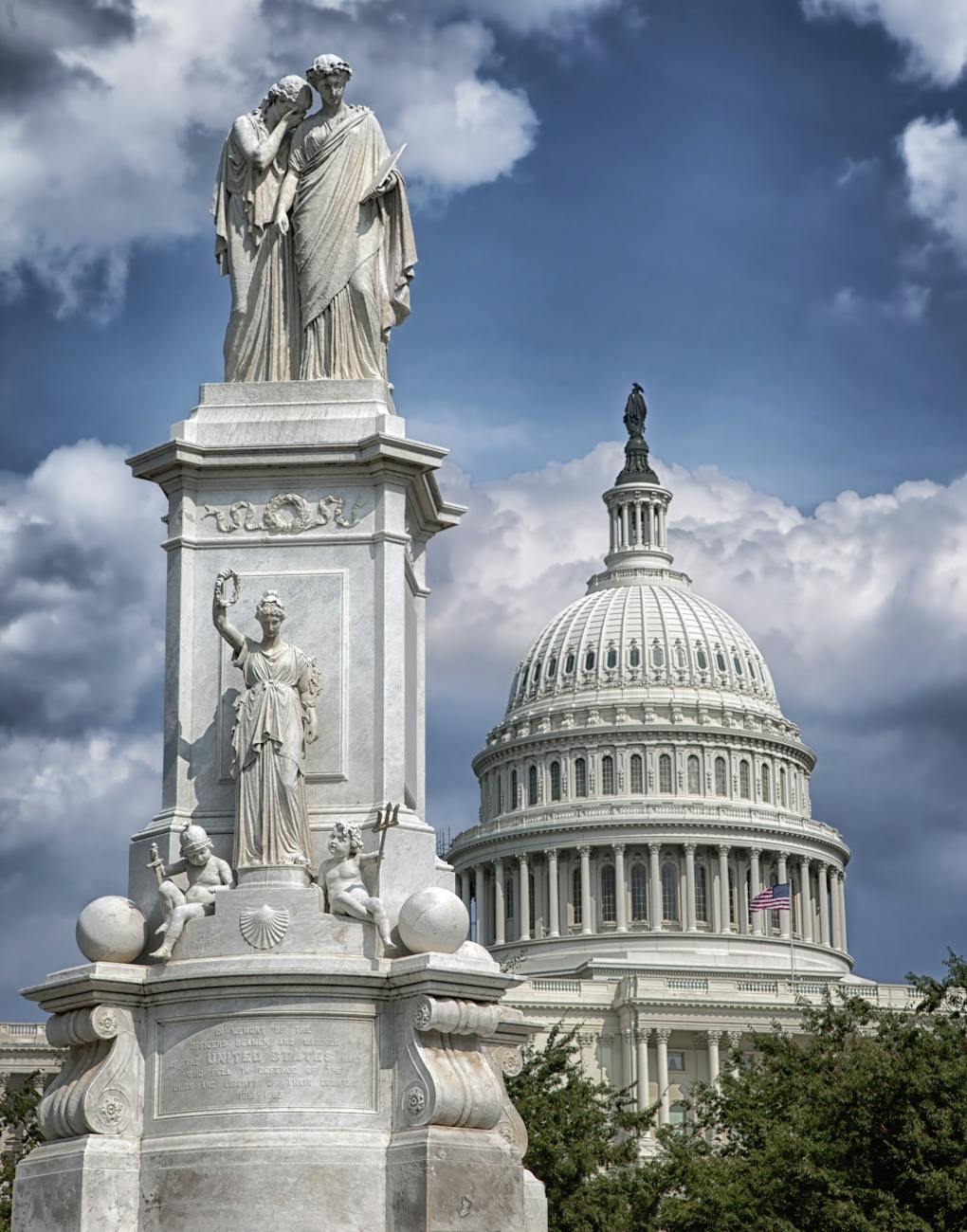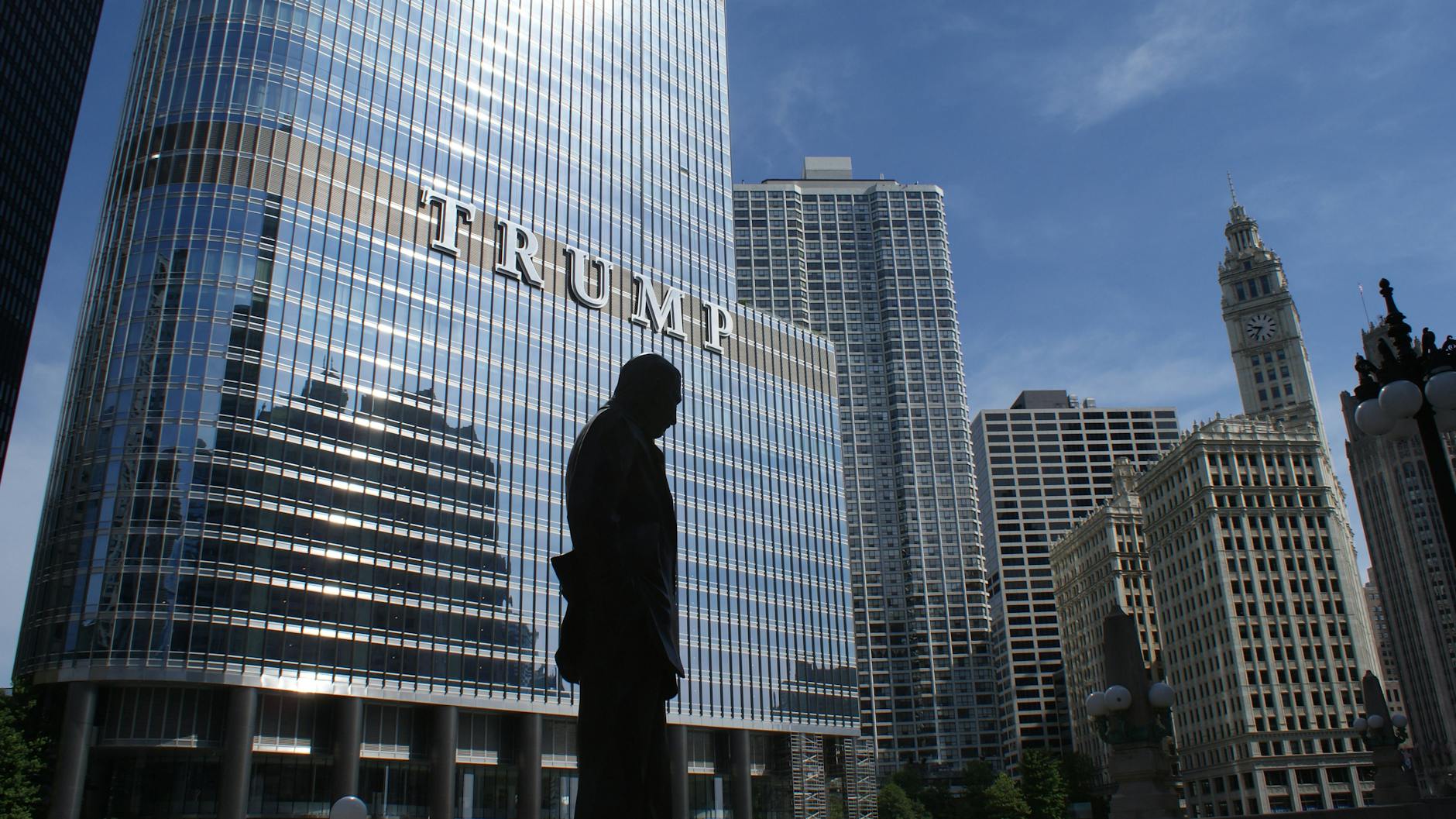Under the Shadow of the Capitol: FBI Agents Mobilize for Washington’s Night Shift
Amidst promises of a crime crackdown, the nation’s capital braces for a visible increase in federal law enforcement presence, sparking debate over security and civil liberties.
Washington D.C., a city synonymous with power and governance, is set to witness a significant shift in its public safety landscape. In a move that underscores President Trump’s commitment to combating urban crime, the Federal Bureau of Investigation (FBI) will deploy its agents onto the streets for night patrols in the nation’s capital. This initiative, aimed at projecting an image of robust law enforcement and tackling what the administration terms “street crime,” marks a notable escalation in federal involvement in local policing and is already generating a complex array of reactions from residents, policymakers, and civil liberties advocates.
The decision to place FBI agents on night patrol, as reported by The New York Times, is a direct manifestation of President Trump’s campaign pledge to restore order and safety in American cities, with a particular focus on Washington D.C. The city, like many others across the nation, has grappled with rising crime rates, and the Trump administration has consistently used this as a platform to advocate for more aggressive law enforcement strategies. This deployment represents a tangible step in that direction, moving beyond rhetoric to a more hands-on federal approach to street-level crime.
This article will delve into the intricacies of this new policy, examining its historical context, analyzing the potential implications, weighing the arguments for and against its implementation, and exploring what this means for the future of public safety in Washington D.C. and potentially beyond.
Context and Background: A City Under Pressure
Washington D.C. has a unique relationship with federal law enforcement. The city is home to numerous federal buildings and operates under a distinct jurisdictional framework. While the Metropolitan Police Department (MPD) is the primary law enforcement agency, federal agencies like the FBI, Secret Service, and others often play supporting roles, particularly in matters of national security and the protection of federal property. However, the direct deployment of FBI agents for general street patrols, particularly during nighttime hours, signifies a more direct and visible federal presence in day-to-day policing.
The rationale behind this decision is rooted in the administration’s broader platform of “law and order.” President Trump has frequently expressed concerns about the state of American cities, often pointing to rising crime statistics as evidence of what he describes as a failure of local governance. His administration has previously explored and, in some instances, implemented strategies that involve increased federal involvement in local law enforcement, most notably during the protests and civil unrest of recent years. The current move can be seen as an extension of this approach, focusing on what is characterized as a crackdown on street crime.
The specific “street crime” that the FBI will be targeting has not been elaborated upon in detail, but such terms generally encompass offenses like robbery, assault, burglary, and vandalism. The choice to focus on nighttime patrols suggests an effort to address crimes that are perceived to be more prevalent or opportunistic during the hours of darkness. The FBI, with its broad mandate and resources, possesses the capacity to undertake such operations, though its primary mission traditionally lies in investigating federal crimes, counterterrorism, and counterintelligence.
This deployment also comes at a time when discussions around policing reform are ongoing across the country. While some advocate for de-escalation and community-focused policing, the Trump administration has generally favored a more forceful and visible approach to law enforcement. This initiative aligns with that philosophy, signaling a belief that a strong federal presence can act as a deterrent and effectively suppress criminal activity.
The historical precedent for federal involvement in D.C. policing is not entirely new, but the nature and scope of this particular deployment are noteworthy. It raises questions about the division of responsibilities between federal and local authorities, the potential impact on community relations, and the overall effectiveness of such a strategy in achieving its stated goals.
In-Depth Analysis: The FBI on the Beat
The decision to place FBI agents on night patrol in Washington D.C. is a significant operational and strategic shift. The FBI’s core mission is to investigate federal crimes, protect the U.S. from foreign intelligence and terrorist activities, and enforce criminal laws across the nation. While FBI agents are indeed law enforcement officers with arrest powers, their typical deployment is often focused on complex investigations that may require extensive surveillance, undercover operations, and specialized expertise, rather than routine street patrols.
The implications of this deployment are multifaceted. Firstly, it suggests a belief within the administration that local law enforcement agencies, even with the support of federal agencies like the Bureau of Alcohol, Tobacco, Firearms and Explosives (ATF) or the Drug Enforcement Administration (DEA), are not sufficiently addressing the perceived rise in street crime. This could be interpreted as a vote of no confidence in the MPD’s capacity or as a deliberate attempt to assert federal authority over local matters.
Secondly, the visible presence of heavily armed federal agents on city streets could have a profound impact on community dynamics. While the intention is likely to deter crime, it could also foster an environment of heightened tension and mistrust, particularly in communities that have historically experienced strained relationships with law enforcement. The FBI’s investigative prowess is well-established, but its agents are not typically trained or perceived as community-oriented beat cops. This difference in perception and training could lead to friction.
Furthermore, the operational logistics of such a deployment warrant consideration. The FBI would need to coordinate closely with the MPD to ensure seamless integration and avoid jurisdictional conflicts. Clear protocols would need to be established regarding arrest procedures, evidence handling, and inter-agency communication. The allocation of resources – personnel, vehicles, and equipment – will also be a significant factor in the success and sustainability of this initiative.
The selection of “night patrol” specifically highlights a focus on deterrence and rapid response during hours when crime might be perceived as more opportunistic. This approach emphasizes a proactive, visible policing model. However, the effectiveness of such a model in addressing the root causes of crime, which often involve complex socio-economic factors, is a subject of ongoing debate among criminologists and urban planners.
The administration’s framing of this as a “crackdown on street crime” suggests a punitive rather than a preventative approach. While visible patrols can deter some criminal activity, a comprehensive strategy for reducing crime typically involves a combination of law enforcement, community engagement, social programs, and economic development initiatives. The limited scope of this particular deployment, focused on patrols, may not address these deeper issues.
Moreover, the use of FBI agents in this capacity raises questions about the appropriate role of federal agencies. While national security and federal law are paramount, the day-to-day policing of local communities has traditionally been the domain of municipal and state law enforcement. The blurring of these lines could set a precedent for increased federal intervention in local matters, potentially impacting the autonomy of city governments and their ability to tailor policing strategies to the specific needs of their communities.
The visibility of this action is also a critical component. By publicly announcing and implementing this policy, the administration is sending a clear message about its priorities and its willingness to take decisive action. This can be seen as an effort to bolster public confidence in the government’s ability to maintain order, but it also carries the risk of alienating segments of the population if the execution is perceived as heavy-handed or ineffective.
Pros and Cons: Weighing the Impact
The deployment of FBI agents for night patrols in Washington D.C. presents a complex set of potential benefits and drawbacks:
Potential Pros:
- Deterrence of Crime: A visible increase in law enforcement presence, particularly by a well-known federal agency like the FBI, could deter individuals from engaging in criminal activities, especially during nighttime hours.
- Enhanced Public Safety: The additional resources and personnel could lead to quicker response times to incidents and a more robust immediate response to ongoing crimes.
- Fulfilling Campaign Promises: The move aligns with President Trump’s stated commitment to “law and order” and to cracking down on crime, potentially bolstering his political standing with supporters.
- Interagency Cooperation: The initiative could foster stronger working relationships and better coordination between federal and local law enforcement agencies in D.C.
- Targeting Specific Crimes: The focus on “street crime” may allow for more targeted efforts to address specific types of offenses that are perceived to be on the rise.
- Symbolic Impact: The deployment can serve as a powerful symbol of federal commitment to the safety and security of the nation’s capital.
Potential Cons:
- Strained Community Relations: The presence of heavily armed federal agents, who may not be perceived as community-oriented, could increase tension and mistrust between law enforcement and residents, particularly in minority communities.
- Overreach of Federal Authority: Critics may argue that this represents an overreach of federal power into matters traditionally handled by local police departments, potentially undermining local autonomy.
- Focus on Symptoms, Not Causes: The emphasis on patrols may address the symptoms of crime rather than its underlying causes, such as poverty, lack of opportunity, and systemic inequalities.
- Resource Misallocation: Diverting FBI resources to street patrols might detract from the Bureau’s core mission of investigating complex federal crimes, terrorism, and counterintelligence.
- Potential for Escalation: A more forceful policing approach could inadvertently lead to an escalation of confrontations between law enforcement and civilians.
- Lack of Localized Expertise: FBI agents may not have the same depth of knowledge of specific neighborhoods, community dynamics, and local crime patterns as the MPD.
- Cost Implications: Deploying specialized federal agents for this role could incur significant costs that might be better allocated to other public safety initiatives or social programs.
Key Takeaways
- President Trump’s administration is deploying FBI agents for night patrols in Washington D.C. as part of a broader commitment to combat street crime.
- This initiative signifies an increased federal role in local policing, moving beyond traditional investigative and national security functions.
- The move is intended to deter crime and enhance public safety, fulfilling campaign promises of a “law and order” approach.
- Potential benefits include crime deterrence and improved response times, but concerns exist regarding community relations, federal overreach, and the focus on symptoms rather than root causes of crime.
- The effectiveness of this strategy will depend on interagency coordination, resource allocation, and the FBI’s ability to adapt its operational methods to street-level policing.
Future Outlook: A Precedent for Policing?
The long-term impact of placing FBI agents on night patrol in Washington D.C. remains to be seen. If successful in reducing crime and fostering a sense of security, it could embolden the administration to replicate similar strategies in other cities facing similar challenges. This could lead to a broader trend of increased federalization of local policing, fundamentally altering the landscape of public safety in America.
Conversely, if the initiative proves to be less effective, or if it leads to significant negative consequences such as heightened community tensions or a decrease in the FBI’s capacity to handle its core investigations, it may serve as a cautionary tale. The backlash from civil liberties groups and affected communities could also shape future policy decisions, leading to greater scrutiny of federal intervention in local law enforcement matters.
The success of this program will likely be measured not just by crime statistics but also by how it is perceived by the residents of Washington D.C. and by the broader implications for the balance of power between federal and local authorities in addressing public safety.
Call to Action
As this new policy unfolds, it is crucial for residents of Washington D.C. to remain informed and engaged. Understanding the scope of the FBI’s new role, observing its impact on community relations, and advocating for transparency and accountability from all law enforcement agencies are vital steps. Citizens are encouraged to voice their concerns and support to their elected representatives, ensuring that public safety strategies are both effective and equitable, and that they address the complex needs of the community.









